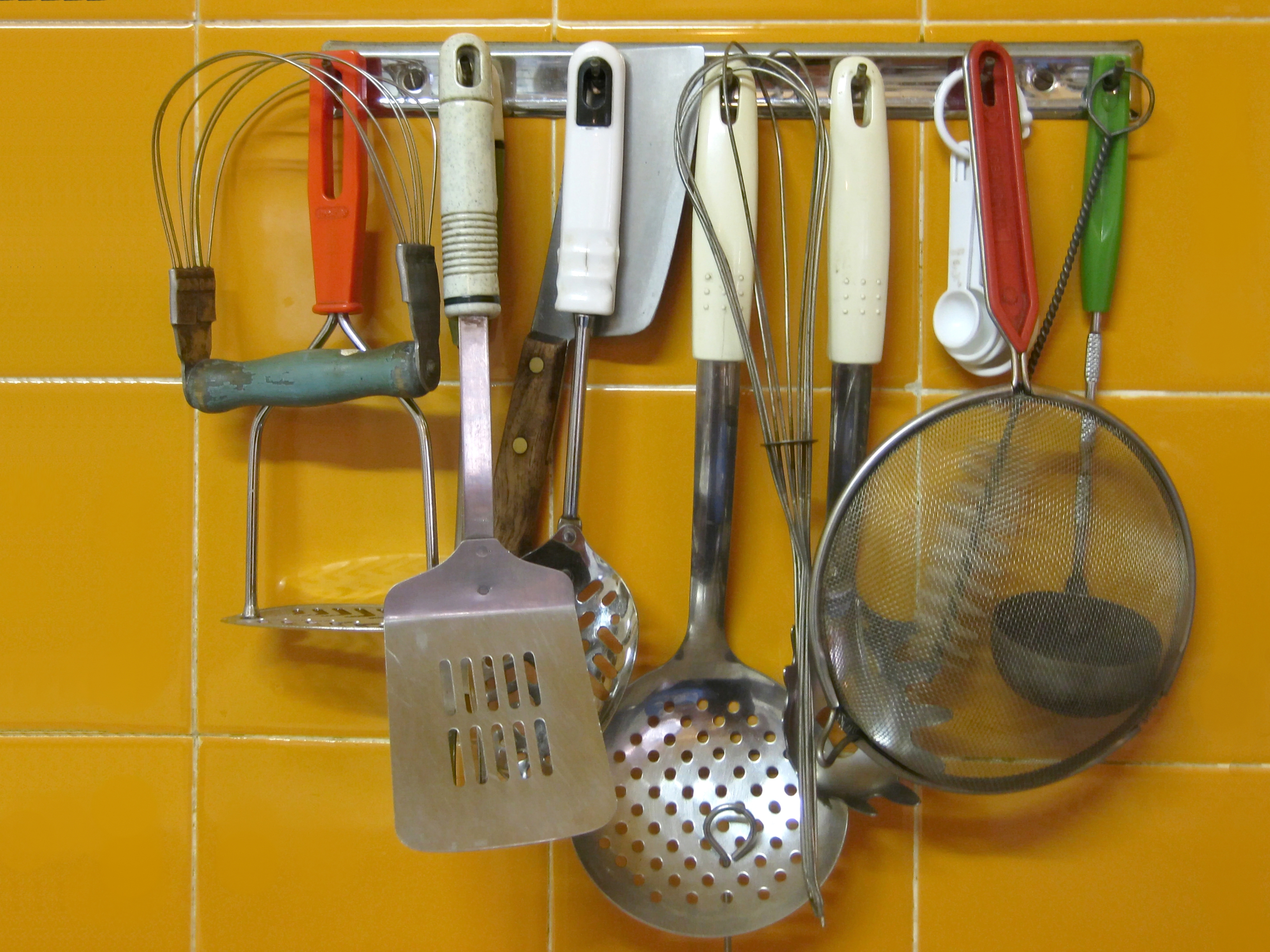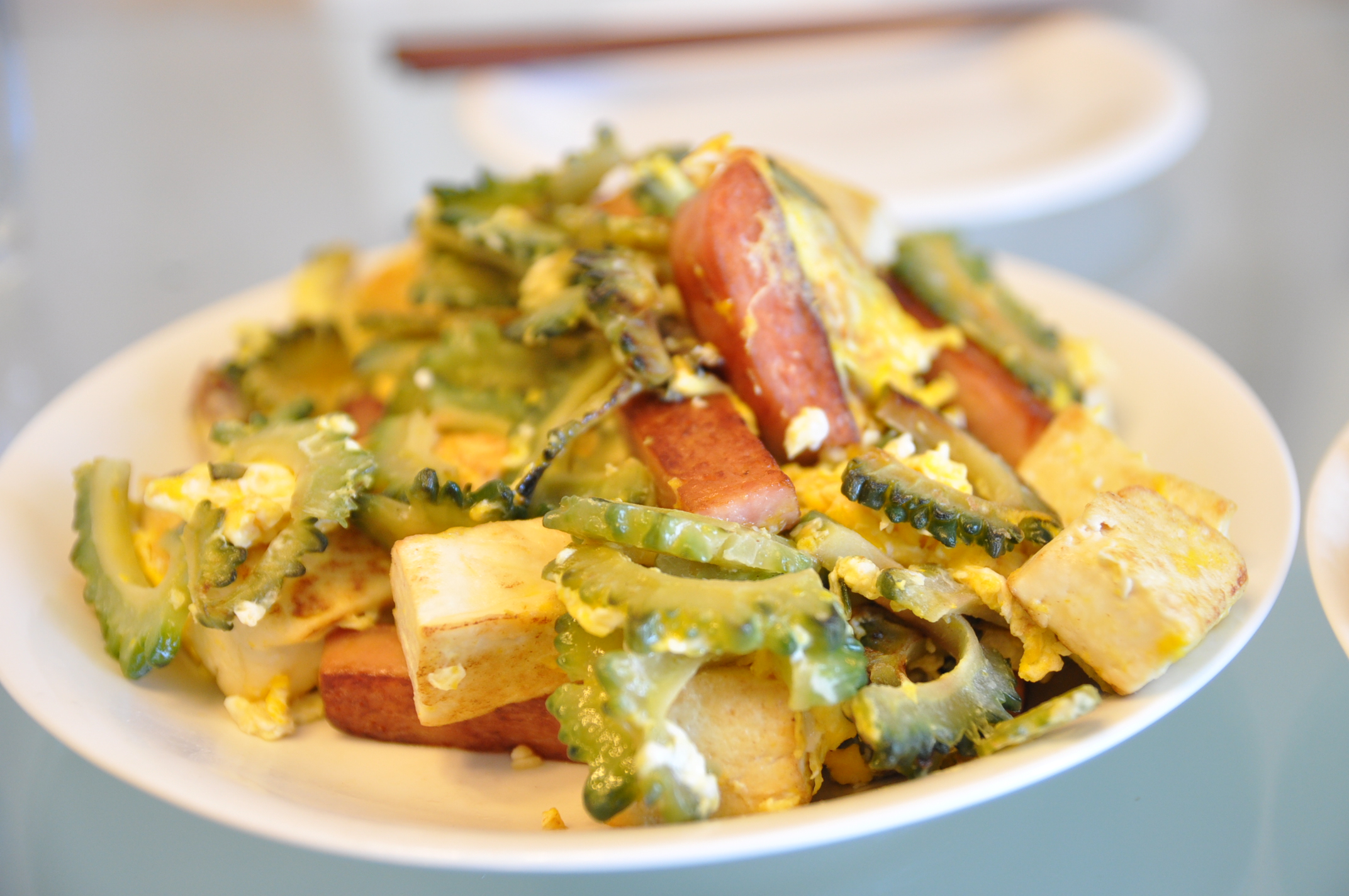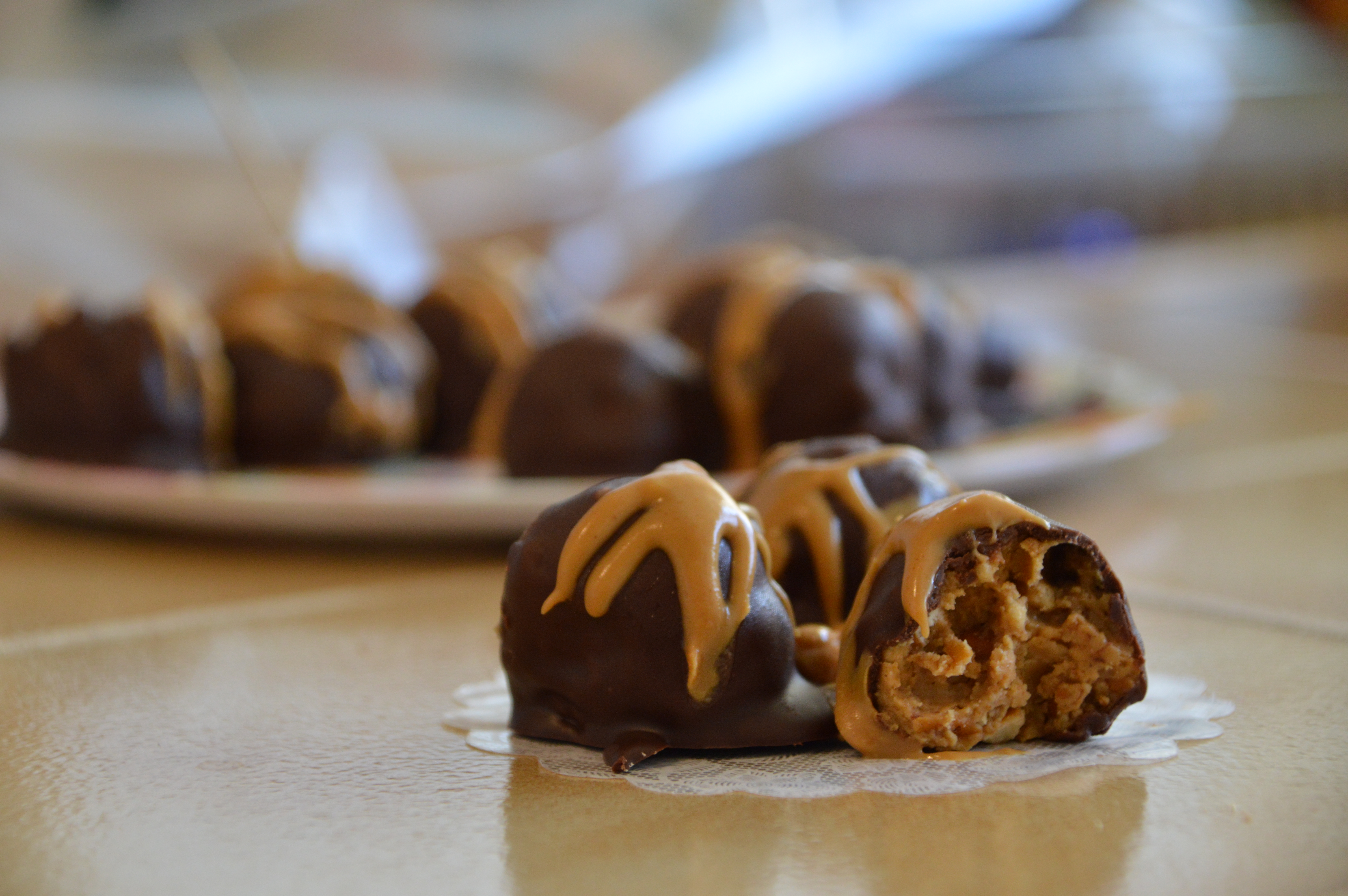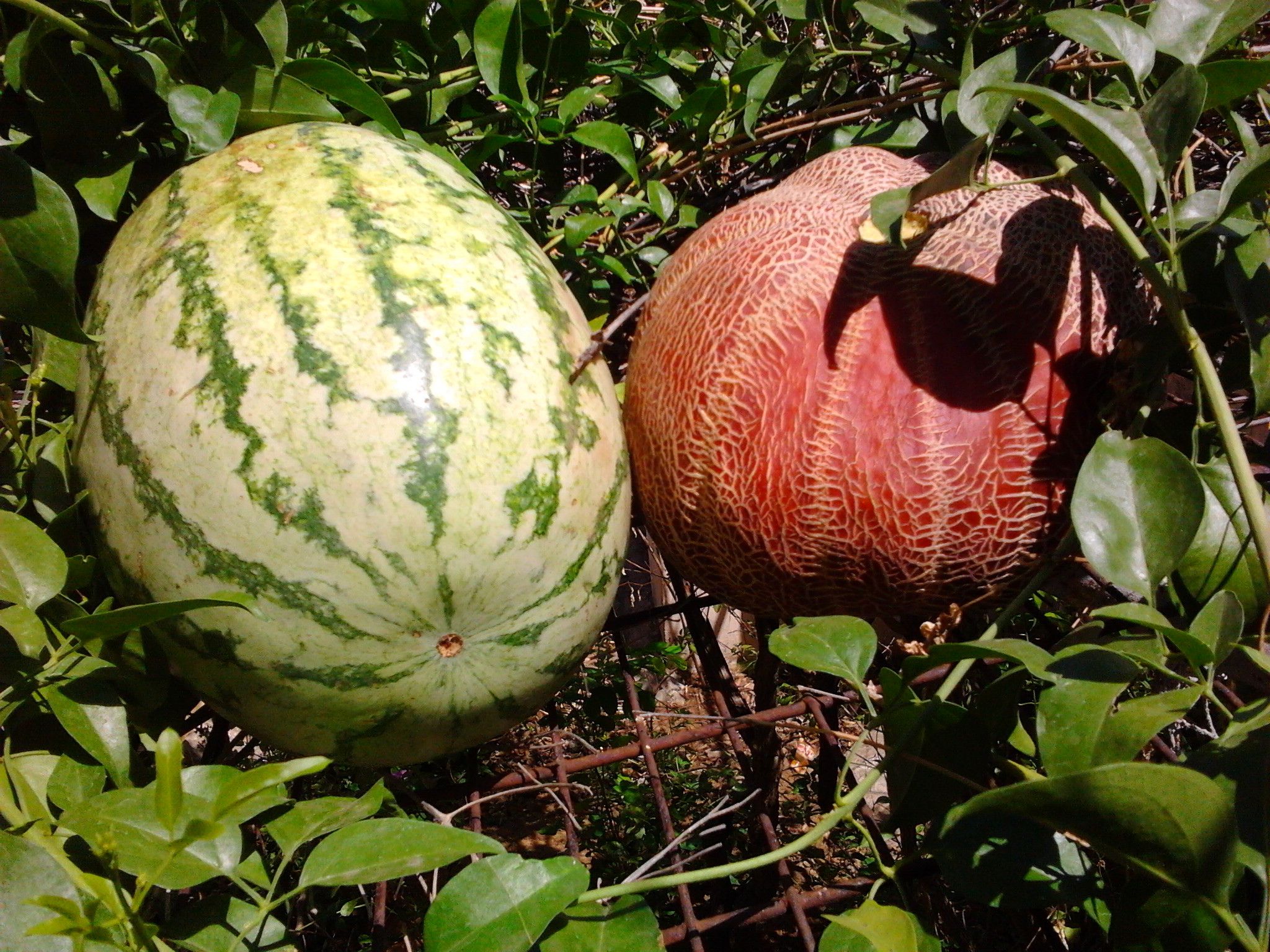|
Melon Baller
Melon ballers are utensils to make balls of melon from a scoop with a diameter from around 1 centimeter to 3 centimeters (about 3/8 inch to 1 inch). These are generally used to make fruit salad. Melon balls are made by pressing them into the melon's flesh and rotating. It can also be used to cut other soft fruit and ice cream. The diameter of a melon baller's bowl varies from around 1 centimeter to 3 centimeters (about 3/8 inch to 1 inch), and it is typically made of stainless steel with a handle of wood, metal, or hard plastic. Some varieties have the handle in the middle and a different-sized bowl on each end, and the bowl typically has a small hole in the middle to allow air and juice through. It is more commonly known as a prepping utensil. Melon ballers can be used for a variety of melons; like watermelon, cantaloupe, or honeydew. They typically are multifunctional utensils. They are also used for balling other soft fleshy fruits, trying small bits of other foods such as i ... [...More Info...] [...Related Items...] OR: [Wikipedia] [Google] [Baidu] |
Watermelon
The watermelon (''Citrullus lanatus'') is a species of flowering plant in the family Cucurbitaceae, that has a large, edible fruit. It is a Glossary of botanical terms#scandent, scrambling and trailing vine-like plant, and is plant breeding, widely cultivated worldwide, with more than 1,000 variety (botany), varieties. Watermelons are grown in favorable climates from tropics, tropical to temperate climate, temperate regions worldwide for its large edible fruit, which is a Berry (botany), berry with a hard rind and no internal divisions, and is botany, botanically called a Glossary of botanical terms#pepo, ''pepo''. The sweet, juicy flesh is usually deep red to pink, with many black seeds, although seedless fruit, seedless varieties exist. The fruit can be eaten raw or pickled, and the rind is edible after cooking. It may also be consumed as a juice or an ingredient in mixed beverages. Kordofan melons from Sudan are the closest relatives and may be progenitors of modern, cul ... [...More Info...] [...Related Items...] OR: [Wikipedia] [Google] [Baidu] |
Food Preparation Utensils
A kitchen utensil is a hand-held, typically small tool that is designed for food-related functions. Food preparation utensils are a specific type of kitchen utensil, designed for use in the preparation of food. Some utensils are both food preparation utensils and eating utensils; for instance some implements of cutlery – especially knives – can be used for both food preparation in a kitchen and as eating utensils when dining (though most types of knives used in kitchens are unsuitable for use on the dining table). In the Western world, utensil invention accelerated in the 19th and 20th centuries. It was fuelled in part by the emergence of technologies such as the kitchen stove and refrigerator, but also by a desire to save time in the kitchen, in response to the demands of modern lifestyles. Cornell Un ... [...More Info...] [...Related Items...] OR: [Wikipedia] [Google] [Baidu] |
List Of Melon Dishes
This is a list of melon dishes and foods that use melon as a primary ingredient. A melon is any of various plants of the family Cucurbitaceae with edible, fleshy fruit. The word "melon" can refer to either the plant or specifically to the fruit. Melon dishes and foods * Bogobe jwa lerotse – porridge prepared using the lerotse melon * Egusi – fat- and protein-rich seeds of certain Cucurbitaceae, cucurbitaceous (melon, squash, gourd) plants. Egusi soup is thickened with egusi. Egusi sauce is prepared using egusi. *Gelo di melone, Gelu di Muluni – Sicilian dessert of ground watermelon flesh cooked with starch and sugar then cooled to solidify, topped with jasmine, candied fruit bits, pistachios and cinnamon. * chanpurū, Gōyā chanpurū – type of chanpurū that is a popular and widely recognized dish in the Okinawan cuisine of the island of Okinawa Island, Okinawa, Japan. It is a stir fry of bitter melon, tofu, egg and sliced pork or Spam (food), Spam. * Melon ball – bal ... [...More Info...] [...Related Items...] OR: [Wikipedia] [Google] [Baidu] |
Chocolate Truffles
A chocolate truffle is a French chocolate confectionery traditionally made with a chocolate ganache center and coated in cocoa powder, coconut, or chopped nuts. A chocolate truffle is handrolled into a spherical or ball shape. The name derives from the chocolate truffle's similarity in appearance to truffles, a tuber fungus. Varieties Over the years, many varieties appeared under different names: * The French truffle, made with fresh cream and chocolate, and then rolled in cocoa or nut powder. *The Swiss truffle, made by combining melted chocolate into a boiling mixture of dairy cream and butter, which is poured into molds to set before sprinkling with cocoa powder. Like the French truffles, these have a very short shelf life and must be consumed within a few days of making. *The Spanish truffle, prepared with dark chocolate, condensed milk, rum (or any preferred liqueur), and chocolate sprinkles. *The typical European truffle, made with syrup and a base of cocoa powder ... [...More Info...] [...Related Items...] OR: [Wikipedia] [Google] [Baidu] |
Ice Cream
Ice cream is a frozen dessert typically made from milk or cream that has been flavoured with a sweetener, either sugar or an alternative, and a spice, such as Chocolate, cocoa or vanilla, or with fruit, such as strawberries or peaches. Food colouring is sometimes added in addition to Food stabilizer, stabilizers. The mixture is cooled below the freezing point of water and stirred to incorporate air spaces and prevent detectable ice crystals from forming. It can also be made by Whisk, whisking a flavoured cream base and liquid nitrogen together. The result is a smooth, semi-solid foam that is solid at very low temperatures (below ). It becomes more Ductility, malleable as its temperature increases. Ice cream may be served in dishes, eaten with a spoon, or licked from edible wafer Ice cream cone, ice cream cones held by the hands as finger food. Ice cream may be served with other desserts—such as cake or pie—or used as an ingredient in cold dishes—like ice cream floats, s ... [...More Info...] [...Related Items...] OR: [Wikipedia] [Google] [Baidu] |
Honeydew (melon)
The honeydew melon is one of the two main cultivar types in ''Cucumis melo'' Inodorus Group. It is characterized by the smooth, often green or yellowish rind and lack of musky odor. The other main type in the Inodorus Group is the wrinkle-rind casaba melon. Characteristics A honeydew has a round to slightly oval shape, typically long. It generally ranges in weight from . The flesh is usually pale green in color, while the smooth peel ranges from greenish to yellow. Like most fruit, honeydew has seeds. Its seeds contain high levels of polyunsaturated fatty acids. The inner flesh is eaten, often for dessert, and honeydew is commonly found in supermarkets across the world alongside cantaloupe melons and watermelons. In California, honeydew is in season from August until October. This fruit grows best in semiarid climates and is harvested based on maturity, not size. Maturity can be hard to judge, but it is based upon the ''rind color'' ranging from greenish white (immature) ... [...More Info...] [...Related Items...] OR: [Wikipedia] [Google] [Baidu] |
Cantaloupe
The cantaloupe ( ) is a type of true melon (''Cucumis melo'') with sweet, aromatic, and usually orange flesh. Originally, ''cantaloupe'' refers to the true cantaloupe or European cantaloupe with non- to slightly netted and often ribbed rind. Today, it also refers to the muskmelon with strongly netted rind, which is called cantaloupe in North America (hence the name American cantaloupe), rockmelon in Australia and New Zealand, and spanspek in Southern Africa. Cantaloupes range in mass from . Etymology and origin The cantaloupe most likely originated in a region from South Asia to Africa. According to New Entry, a Tufts University organization, "Cantaloupes were cultivated in Egypt and migrated across to Iran and Northwest India dating as far back to Biblical times, about 2400 B.C.E." The cantaloupe is said to have been introduced to Europe from Armenia. It acquired its modern European name due to its cultivation at the Papal country estate of Cantalupo. It was first mention ... [...More Info...] [...Related Items...] OR: [Wikipedia] [Google] [Baidu] |
Plastic
Plastics are a wide range of synthetic polymers, synthetic or Semisynthesis, semisynthetic materials composed primarily of Polymer, polymers. Their defining characteristic, Plasticity (physics), plasticity, allows them to be Injection moulding, molded, Extrusion, extruded, or Compression molding, pressed into a diverse range of solid forms. This adaptability, combined with a wide range of other properties such as low weight, durability, flexibility, chemical resistance, low toxicity, and low-cost production, has led to their widespread use around the world. While most plastics are produced from natural gas and petroleum, a growing minority are produced from renewable resources like polylactic acid. Between 1950 and 2017, 9.2 billion metric tons of plastic are estimated to have been made, with more than half of this amount being produced since 2004. In 2023 alone, preliminary figures indicate that over 400 million metric tons of plastic were produced worldwide. If global trends ... [...More Info...] [...Related Items...] OR: [Wikipedia] [Google] [Baidu] |
Melon
A melon is any of various plants of the family Cucurbitaceae with sweet, edible, and fleshy fruit. It can also specifically refer to ''Cucumis melo'', commonly known as the "true melon" or simply "melon". The term "melon" can apply to both the plant and its fruit. Botanically, a melon is a kind of berry, specifically a " pepo". The word ''melon'' derives from Latin ', which is the latinization of the Greek (''mēlopepōn''), meaning "melon",. itself a compound of (''mēlon''), "apple", treefruit (''of any kind'')" and (''pepōn''), amongst others "a kind of gourd or melon". Many different cultivars have been produced, particularly of the true melon, such as the cantaloupe and honeydew. History Melons were thought to have originated in Africa. However, recent studies suggest a Southwest Asian origin, especially Iran and India; from there, they gradually began to appear in Europe toward the end of the Western Roman Empire. Melons are known to have been grown by the ancient E ... [...More Info...] [...Related Items...] OR: [Wikipedia] [Google] [Baidu] |
Metal
A metal () is a material that, when polished or fractured, shows a lustrous appearance, and conducts electrical resistivity and conductivity, electricity and thermal conductivity, heat relatively well. These properties are all associated with having electrons available at the Fermi level, as against nonmetallic materials which do not. Metals are typically ductile (can be drawn into a wire) and malleable (can be shaped via hammering or pressing). A metal may be a chemical element such as iron; an alloy such as stainless steel; or a molecular compound such as polythiazyl, polymeric sulfur nitride. The general science of metals is called metallurgy, a subtopic of materials science; aspects of the electronic and thermal properties are also within the scope of condensed matter physics and solid-state chemistry, it is a multidisciplinary topic. In colloquial use materials such as steel alloys are referred to as metals, while others such as polymers, wood or ceramics are nonmetallic ... [...More Info...] [...Related Items...] OR: [Wikipedia] [Google] [Baidu] |
Wood
Wood is a structural tissue/material found as xylem in the stems and roots of trees and other woody plants. It is an organic materiala natural composite of cellulosic fibers that are strong in tension and embedded in a matrix of lignin that resists compression. Wood is sometimes defined as only the secondary xylem in the stems of trees, or more broadly to include the same type of tissue elsewhere, such as in the roots of trees or shrubs. In a living tree, it performs a mechanical-support function, enabling woody plants to grow large or to stand up by themselves. It also conveys water and nutrients among the leaves, other growing tissues, and the roots. Wood may also refer to other plant materials with comparable properties, and to material engineered from wood, woodchips, or fibers. Wood has been used for thousands of years for fuel, as a construction material, for making tools and weapons, furniture and paper. More recently it emerged as a feedstock for the production ... [...More Info...] [...Related Items...] OR: [Wikipedia] [Google] [Baidu] |









